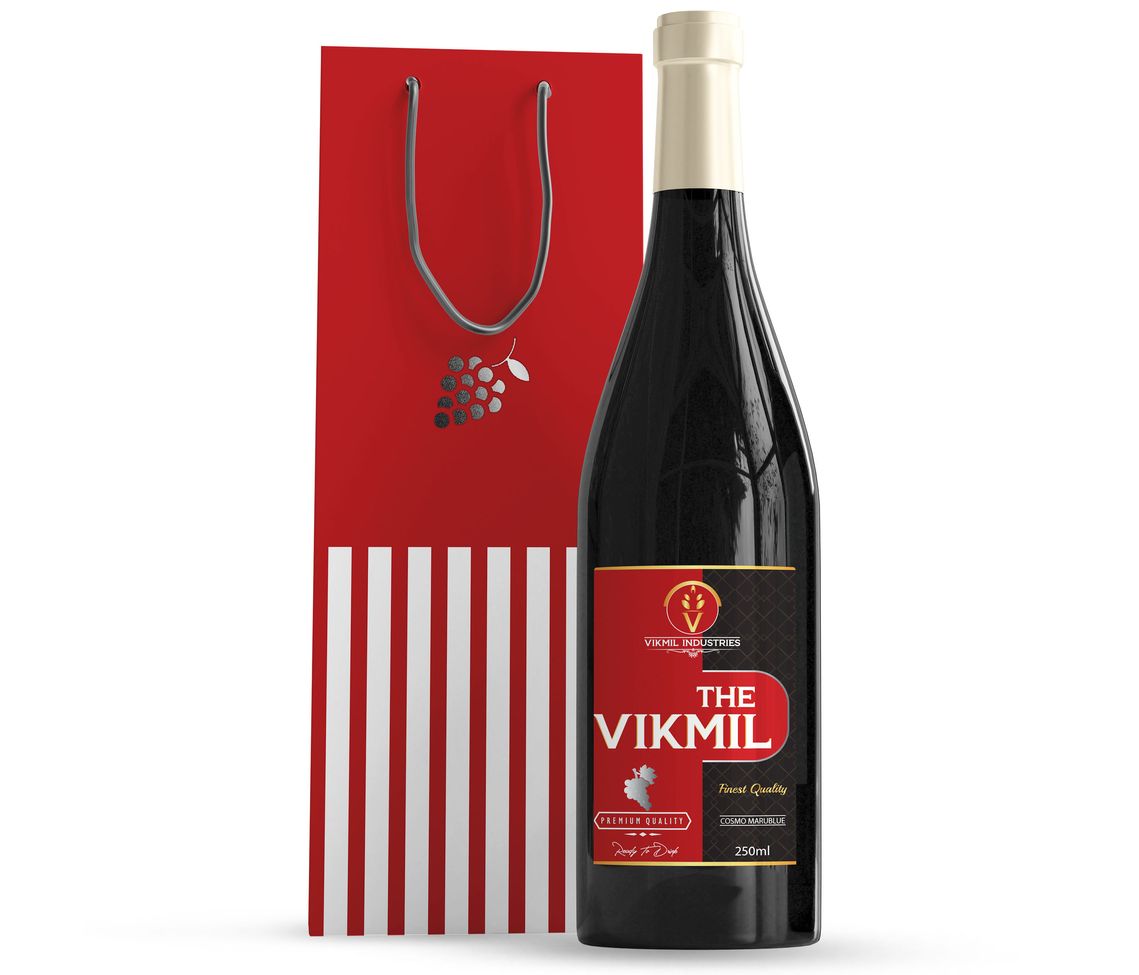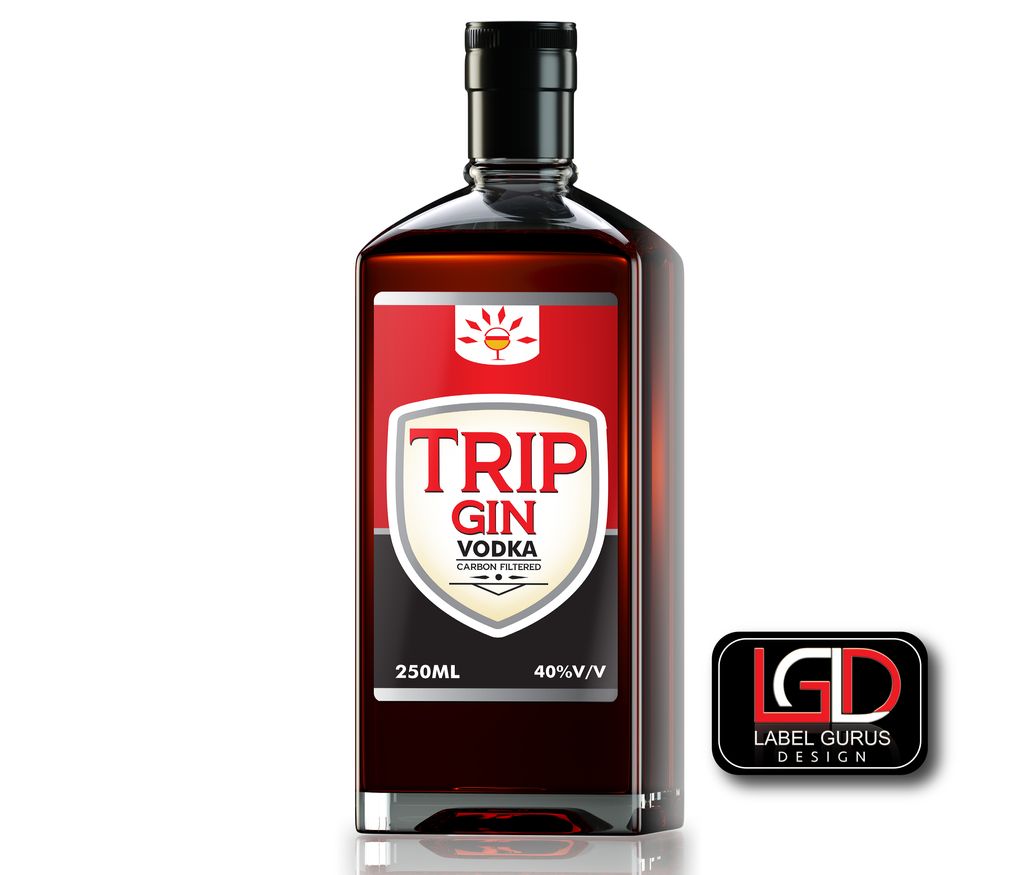
Everything You Need to Know About Wine Labels
Wine labels are a great example of how packaging design (in this case, labels) can help sell a product. In this blog , you’ll find some fantastic examples of well-designed wine labels, as well as helpful hints on how to cater to your customers by selecting the right wine label aesthetic.
You’ve probably had to face the reality of buying a bottle of wine at least once in your life. You’re in the middle of it all, with hundreds of options, labels, bottles, and prices.
Dazed and perplexed?
Even if you have a set budget in mind, there is still a lot to choose from.
As a result, it’s no surprise that the buyer’s choices are influenced by both the label and the wine bottle packaging.
This article will show you how to use wine labels to target the right audience. Here you’ll find crucial details about:
- Packaging that matches the wine labels
- Famous wine label designs
- Primary functions of wine labels
- Unique finishing options for wine labels

What are the most important purposes of wine labels?
This leads to the label’s first function: design.
The packaging of a wine brand sets the tone for the rest of its appearance. In many cases, it’s just the bottle (though you’ll see why packing the bottle in a branded box is beneficial later in this article). The vast majority of these bottles are standard 0.77 liter bottles with a simple shape that helps with logistics.
In terms of design, a label must communicate whether the wine is aimed at young people who enjoy unique flavors or traditional products with a long history.
The general description, which is usually found on the back side of the bottle, is the second important feature of a wine label.
While many buyers go for the expensive-looking wines, we don’t all judge a book by its cover. Some customers have a deeper understanding of wines and take the time to find products that meet their needs.
This type of customer wants to know everything there is to know about the wine, such as how strong it is, what grape variety it is made of, whether it is more fruity or toasty, and so on. Is this product premium? This also relates to the “subliminal message.” Is it suitable for dinner or is it strictly a dessert wine? Is it possible to give it as a present?
The basic question is: how can you appeal to that more discerning clientele?
Wine Label Design Styles
Wine labels, like packaging design in general, come in a wide range of styles. The following are the four most popular fashion trends:
- Wine labels that make reference to current events or have a snarky, cocky design
- Wine labels that evoke a sense of tradition and history
- Wine labels that use simplicity
- Wine labels with abstract art and design
Let’s take a closer look at these four styles.
Wine label design that defies convention
Tradition is extremely important in the winemaking process. Consider the value of the oldest winery, which has been in operation since the 10th century (Château de Goulaine in France). This is a resource that winemakers can use when adjusting wine prices. Expect these prices to be… high in the case of that particular winery.
As a result, the older wineries prefer to play the card of tradition. And it’s frequently reflected in label designs.

Abstract forms in wine label design
An abstract wine label design is an excellent way to pique the interest of a wandering shopper. An abstract form is much more unexpected among many labels that “attack” the buyer with foreign names, pictures, and a plethora of designs.
In general, abstract designs employ asymmetrical shapes, artistic graphics, and typography that employs modern fonts.
Minimalism in wine labels
Minimalism is one of the most popular design trends these days, and it can be found in everything from interior design to unbranded packaging.
Not only do minimalist wine labels reduce the amount of graphics and text printed, but they also reduce the shape of the labels themselves.
Minimalism can also be defined as bold color contrasts and mashups.

Minimalism can also mean keeping the graphic design to a basic minimum while still including the name and other important brand identity elements (like a logo).
Modern approach: Be amusing or intriguing
The broad category of contemporary wine label designs is the last, but certainly not least. This vast collection of concepts encompasses all ideas that attempt to capture the attention of the client by being cocky, funny, cheeky, or memorable in some way.
Some winemakers prefer to use witty one-liners, pictures, or sketches to convey their message. Other brands promote even more unusual concepts.

